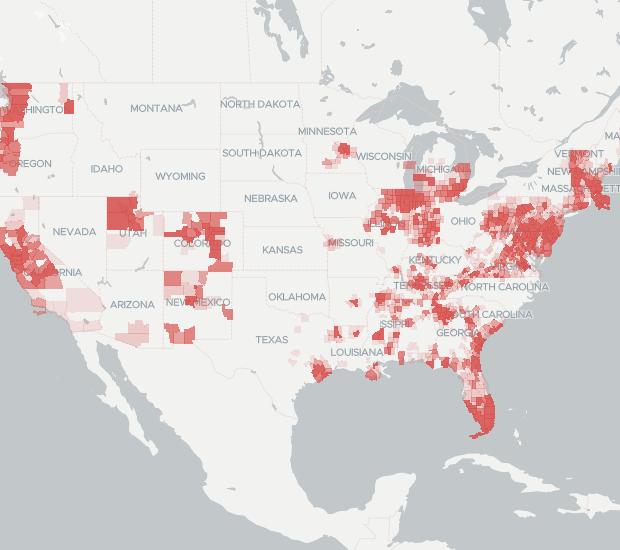

In addition to speeds, new standards introduce new technologies.

By comparison, the older Wi-Fi 5 (801.11ac or Wireless AC) standard supports up to 866.7 Mbps in a single stream only, totaling nearly 7 Gbps combined in Wi-Fi 5 routers that can handle eight streams. With Wi-Fi 6, a single stream can reach up to 1,201 Mbps per second, meaning a Wi-Fi 6 router supporting eight streams can reach up to 10 Gbps combined. Wi-Fi operates by sending data in streams. It was created and maintained by the Institute of Electrical and Electronics Engineers LAN/MAN Standards Committee but is marketed as Wi-Fi 6 by the Wi-Fi Alliance. It’s important information to know while you’re shopping for a router or a wireless device, as the Wi-Fi standard defines maximum wireless speeds.įor example, the latest standard is IEEE 802.11ax, the wireless portion of the 802.11 local area network standards set. It defines what is needed, what is expected, and how those expectations are accomplished to provide a specific service. This list is based on combined insights gained from customer feedback, speed data, and our annual customer satisfaction survey results.Ī Wi-Fi standard is an established requirement for wireless connectivity.

Optimum, Xfinity, Spectrum - Most commonly bundled plans.Spectrum covers a broader area but keeps its cable internet options short and sweet. Xfinity didn’t rank so well in terms of customer satisfaction, but it’s one of the more widely available Wi-Fi providers and has the fastest speed you can get (outside of Google Fiber). If you want a Wi-Fi provider that checks all the right boxes, EarthLink is the way to go.ĪT&T and Verizon also had high marks in our survey, both of which offer DSL and fiber connections. It was our best performer in overall satisfaction, speed satisfaction, reliability, price, and customer service. EarthLink ranked in the top spot in our annual customer satisfaction survey.


 0 kommentar(er)
0 kommentar(er)
